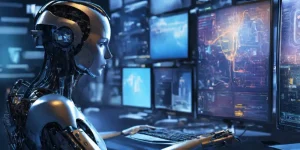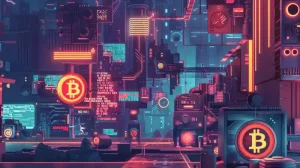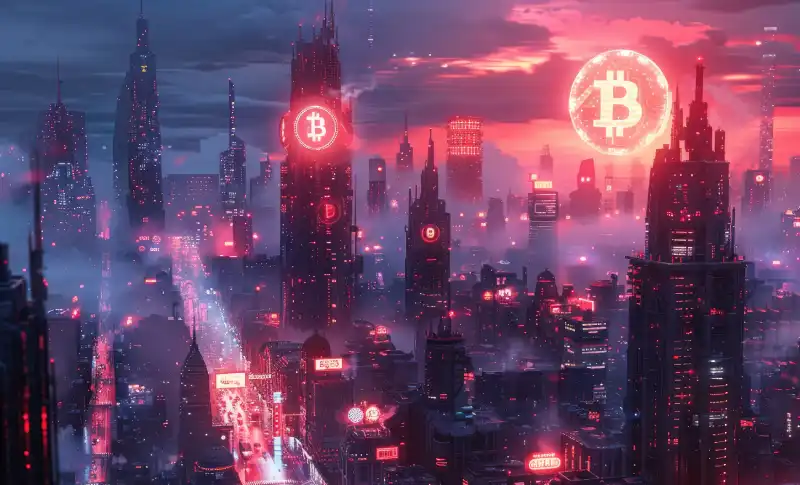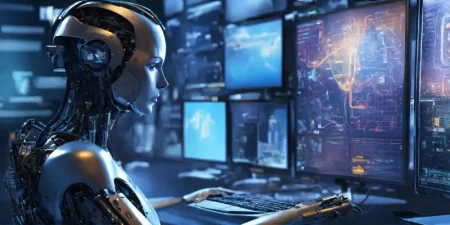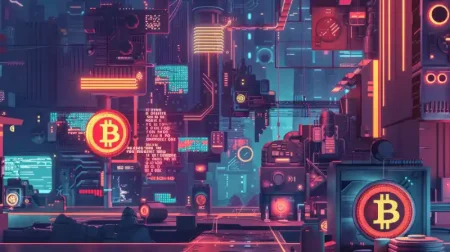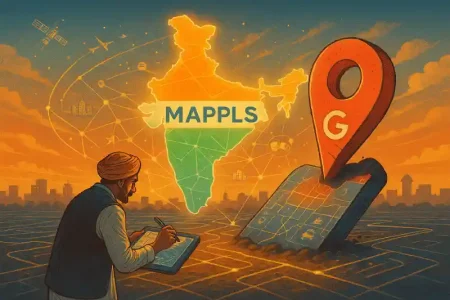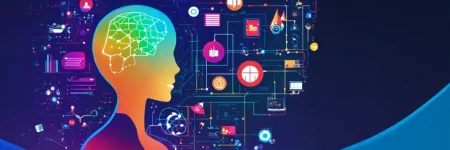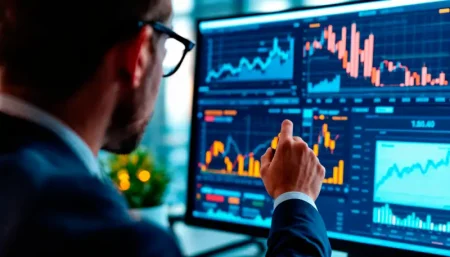In the last decade, it’s become evident that we’re hurtling toward the next great era of the internet with no signs of slowing down.
Many new developments are leading this charge, especially artificial intelligence (AI) and Web3, both of which herald a new age of the decentralised internet. As they make their way into mainstream media, there’s also growing focus on the tokenization of RWAs (real world assets), a concept that AI and Web3 applications also rely on.
It’s the process of converting RWAs into digital tokens representing stake or an ownership in these assets, which could be anything from real estate to bonds, stocks, and even bank deposits.
Tokenization is expected to revolutionise the way we manage, trade, and fund assets in the future, with its value poised to be to the tune of multiple trillions of dollars by just 2030. That’s because projections for this market vary wildly, with McKinsey being conservative at USD 2 trillion (excluding stablecoins like Tether and crypto like Bitcoin), while Standard Chartered predicting it to reach a whopping USD 30 trillion.
Even Roland and Berger expects the market to be USD 10 trillion huge. No matter its expected market size, tokenization is expected to disrupt nearly every sector and industry in our modern society, from manufacturing asset management, and investing to even art. Will we own digital assets in the future?

What Is Tokenization?
Generally speaking, tokenization is the process of issuing a unique and anonymous digital representation of a real “thing.” The term “asset tokenization” refers to employing smart contracts and blockchain technology to represent rights or ownership to an asset as a tradable, on-chain token. In plain English, RWA tokenization uses blockchain technology to track, hold, purchase, and sell digital versions of these RWAs.
These blockchain-based digital tokens represent a wide range of traditional and physical financial assets such as commodities, cash, bonds, equities, credit, and even artwork and intellectual property.
With assets now being stored as digital tokens on a blockchain, tokenization is an efficient, secure, and decentralised way to manage and trade assets. The rise of decentralised finance (DeFi) and blockchain technology has given rise to new possibilities for RWAs, allowing for their representation in traditional markets in ways previously unimaginable.
This tokenization of RWAs marks a significant shift in how we can access, exchange, and manage these assets, thus unlocking a plethora of new opportunities for both blockchain-powered financial services and non-financial use cases underpinned by decentralised consensus and cryptography.
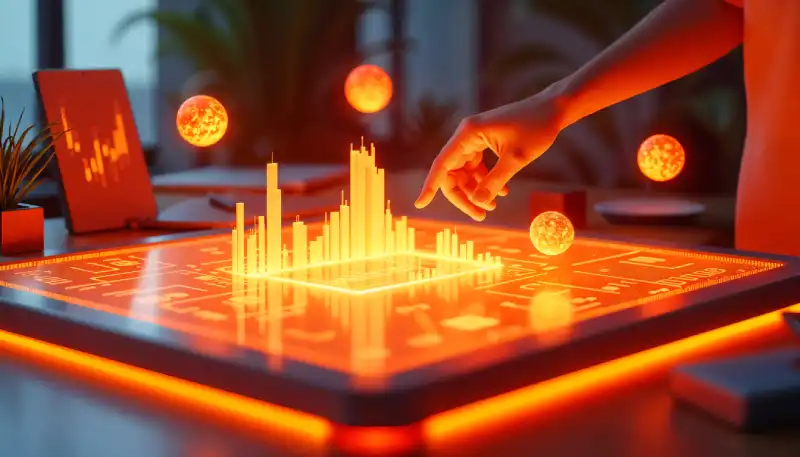
How Does Tokenization Work?
There are several steps in the process of creating tokenized assets, including defining the kind of token (fungible/non-fungible), choosing the blockchain on which the tokens will be issued, choosing a third-party auditor for authenticating off-chain assets, actually issuing the assets, and more.
For instance, we’re already seeing Web3 tokens in the market, like stablecoins, which are fungible and pegged to real-world money and NFTs (nonfungible tokens), a digital proof of ownership that can be bought and sold but cannot be replicated.
Even though AI also uses tokenization, it’s quite different from the above Web3 tokens. Here, LLMs (large language models) used in AI applications could tokenize the word “dog” and use it to understand relationships between “dog” and other words.
Tokenization has already made more inroads into the real world than we think and possibly know. Platforms like Brickken and RealT allow investors to buy fractional shares of rental properties and get a share of the income. Plus, income distribution, rental collection, and property management are automated through smart contracts.
Furthermore, financial giants like JPMorgan and Franklin Templeton are developing tokenized versions of money market funds and government bonds, and managing blockchain-native mutual funds respectively. This offers investors greater liquidity, faster settlement, and for them to gain exposure to traditionally safe assets via a more efficient and modern platform.
The same approach is being applied to gold-backed tokens pegged to actual gold reserves, agricultural goods, oil, and silver.
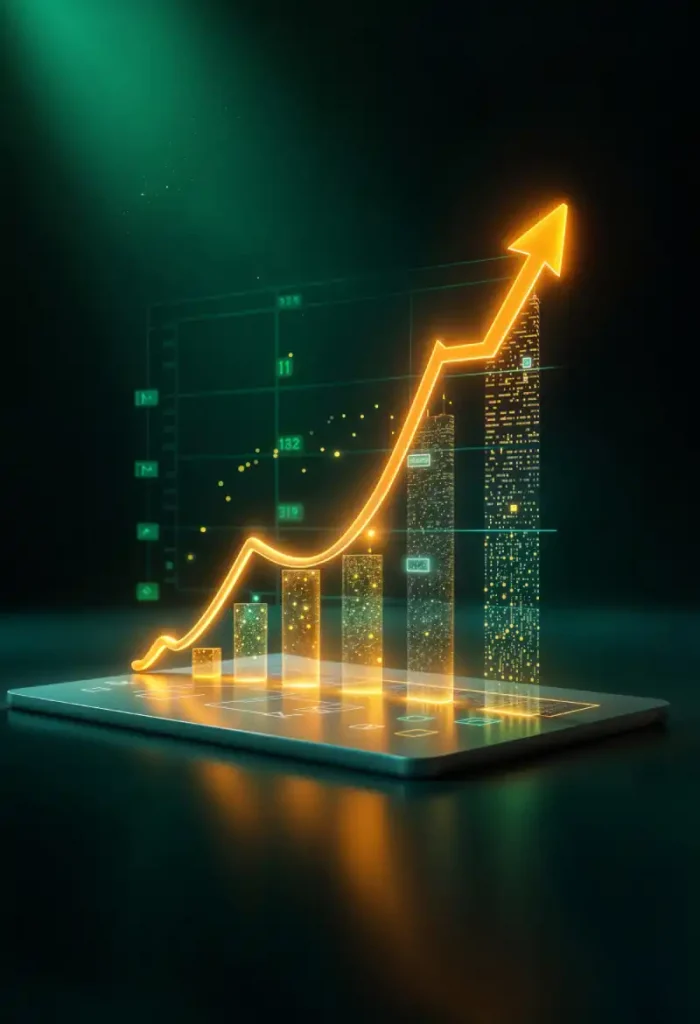
What Makes Tokenization So Exciting
Tokenization, at its core, solves one of finance’s oldest problems: illiquidity. By converting RWAs into blockchain-based tokens, ownership has been rendered more traceable and transparent, business can unlock capital faster, and investors can purchase and sell assets more easily. For instance, a USD 1 million property can be tokenized into 100,000 tokens, with each of them valued at USD 10.
It opens up the concept of fractional ownership, allowing an investor located anywhere in the world to now hold a piece of that specific property – and that too without the hassles of traditional real estate processes or having to cough up the money for owning the entire thing.
Take the example of Dubai Land Department’s launch of a tokenized real estate platform, which plans to not only introduce fractional ownership but also aims to digitise up to USD 16 billion in real estate by 2033. The appeal cannot be clearer: access to a wider user base, enabling global trading and fractional ownership, transparent on-chain management with better asset monitoring and reduction in fraud, and enhanced liquidity for traditionally illiquid assets.

Final Thoughts
Digital assets have now stepped out of the shadow of fintech startups, with assets like stablecoins and now RWAs dominating the conversation. While legal, jurisdictional, interoperability, education, and adoption challenges exist, this shift is the start of a multi-year journey toward fully blockchain-based transactions.
Between 2022 and 2025, RWA tokenization market grew a whopping 308%, signifying the reinvention of asset ownership. The digital economy is no longer the volatile and speculative Wild Wild West, but is rather evolving into a regulated and resolute blockchain ecosystem where physical and digital economies merge seamlessly.
In case you missed:
- NFTs vs. RWA Tokenization – The Future of Digital Asset Ownership
- Let The Games Begin: All About Crypto Gaming
- Are Cryptocurrencies Becoming an Asset Class?
- The Pi Hackathon 2025: What It Means for the Controversial Cryptocurrency
- Blockchain-Based Digital Identity: The Future Of Verification Is Here
- From Memecoin To Meaning
- Here for the ‘Pi’: Pi Day 2 Updates for the Cryptocurrency
- The Stablecoin Story in Cryptocurrency
- The Life of Pi Network – FAQs and Everything Else You Want To Know
- Of ISO 20022 Standards, DeFi Testnet, and Clearing KYCs: What’s Happening With Pi Network?

